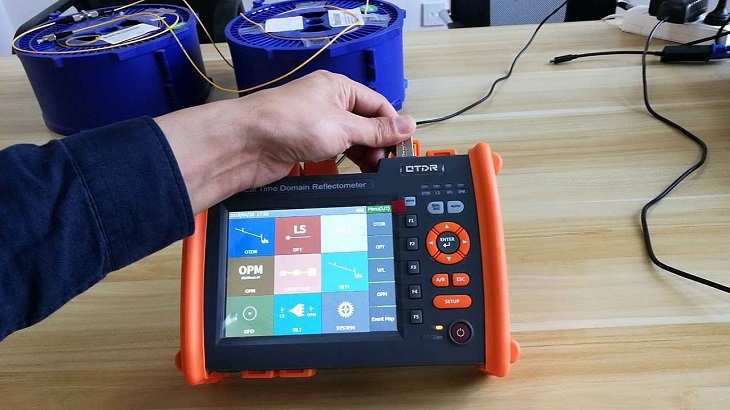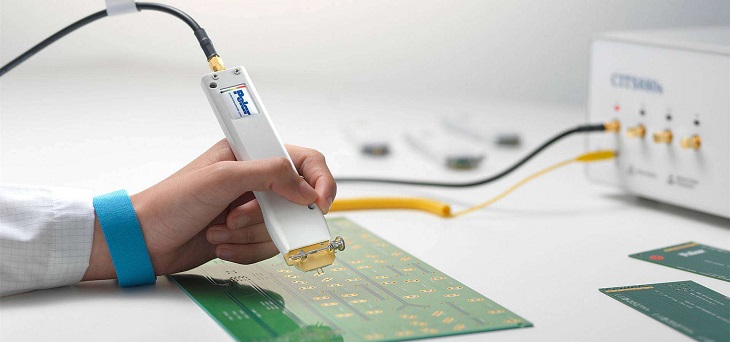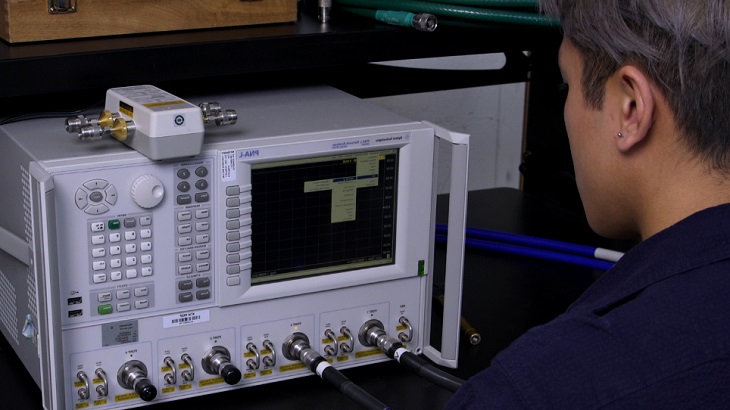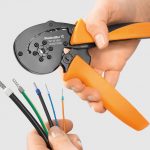Testing your cables is a beneficial process that will save you a lot of time and money in the long run. This is not only a common practice for those who work in various industries, but it comes in handy for maintaining your home. Using devices for checking cable health is just as important as placing sensors and alarms to detect intruders, or leak detectors to spot water leaks.
Cable faults are no joke. Often, if you allow them to persist, they can easily escalate into more severe issues. Luckily, some devices help to easily locate a cable fault without going through the trouble of digging out entire cables. The time domain reflectometer (TDR) and the vector network analyzer (VNA) are the staple instruments to consider for testing cable health. These two devices are not indiscriminately interchangeable because the TDR works in the time domain, whereas the VNA functions in the network domain.
Time Domain Reflectometer

The TDR fault locator operates by sending a pulse along the line in question. If there are no problems – all the energy travels at the propagation velocity and it’s dissipated in the load so there’s no reflection. The TDR cable tester consists of a pulse generator and a sampler. The sampler can be an oscilloscope that displays the waveforms in a line. Often, you need to include a little more signal processing to help locate problems and issues with the line, however, if there is a discontinuity, energy will be reflected to the reflectometer where it’s detected. If all the power from the pulse is absorbed after it travels along the line, then the display on the sampler won’t show any change. However, if power is returned, it will alter the shape of the waveform. The power return can happen for a variety of different reasons. It can happen from a break somewhere in the cable or a poor match at the remote end.
This device is convenient as it can locate failures within a cable that may be sealed (such as a coaxial cable) and it may not be possible to see inside. It’s also handy in cases when cables are buried underground placed in walls. The TDR is a modern fault locator that is used across many industries, but it’s also ideal for house maintenance. It’s lightweight, handheld and alphanumerical, and it can quickly determine information such as cable length and faults in walls, conduit and other surfaces around your home.
Impedance
Not only can the TDR track the location of the fault, but it can also determine its nature and magnitude. The way it measures these values is by determining the difference between the cable’s characteristic impedance and the reflected impedance. Impedance represents the amount of opposition, measured in Ohms (Ω), that the material presents to current flow when a voltage is applied. It differs from resistance, because its results are dependent on the frequency, as well as the magnitude of the measurement.
TDR Applications

TDR is widely used in a variety of industries where it’s an invaluable everyday tool. Without it, locating problems in long inaccessible lines would be difficult and costly. TDR applications include:
- Telecommunications landlines – These devices are an essential tool for telecommunications field engineers that need to repair telephone and broadband landlines. The cables used are often kilometres-long and in an instance of a break, a TDR will locate its position with considerable accuracy;
- Landline preventative maintenance – TDRs can detect resistance on joints and connectors as they corrode. They also detect insulation leakage as it degrades and absorbs moisture. This can lead to catastrophic failures, however, the TDR can detect these problems before they reach that point;
- Landline security surveillance – These devices can detect the existence and location of wire traps. They introduce a slight change in line impedance which can be seen on a TDR that is connected to a phone line.
- Circuit board testing – Specialized TDRs can detect a failure in modern high-frequency printed circuit boards, mostly on tracks that are designed to emulate transmission lines;
- Industrial applications – TDRs have a lot of industrial applications, such as testing of integrated circuit packages for failing areas of an IC, measuring liquid levels and more.
Network Analyzers

Network analyzers measure the network parameters of electrical networks. They’re used for stability analysis of open loops, measurement of audio and ultrasonic compounds etc. The two types of network analyzers are the scalar network analyzer (SNA) which measures only amplitude properties, and the vector network analyzer (VNA) which is the most popular one and measures both amplitude and phase properties.
Components of a Network Analyzer
The VNA’s structure includes a signal generator, a test set, receivers and a display. These devices are much larger than the TDRs and sometimes their units are distinct instruments. Almost all modern network analyzers contain a built-in signal generator, with some high-performance models having two built-in sources. These units provide test radio frequency signals. The test set routes these signals to the device under test, and also routes them to be measured to the receivers. A receiver is a unit that makes the measurements. A network analyzer can have one or more receivers that are connected to its test ports and measure different parameters (most network analyzers have two test ports). The display is needed to interpret the information from the measurements. For this purpose, a network analyzer includes features with linear and logarithmic sweeps, linear and log formats, polar plots, etc.
Should I Use a TDR or a Network Analyzer?
Both TDRs and network analyzers have their pros and cons when it comes to testing cable health. Network analyzers are massive instruments that are also much pricier, more difficult to use and require calibration. On the other hand, they operate at higher frequencies and can display phase information, so they can accurately perform phase matching of cables. Using TDR test equipment is often a better approach. It’s more cost-efficient and it simplifies the operation considerably. The goal of TDRs is temporal analysis – quick setup, intuitive controls and results-oriented operation, while the VNA excels in frequency domain analysis.




















